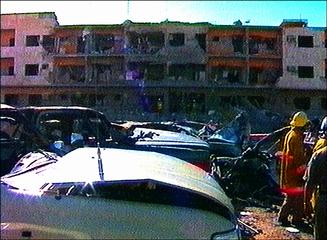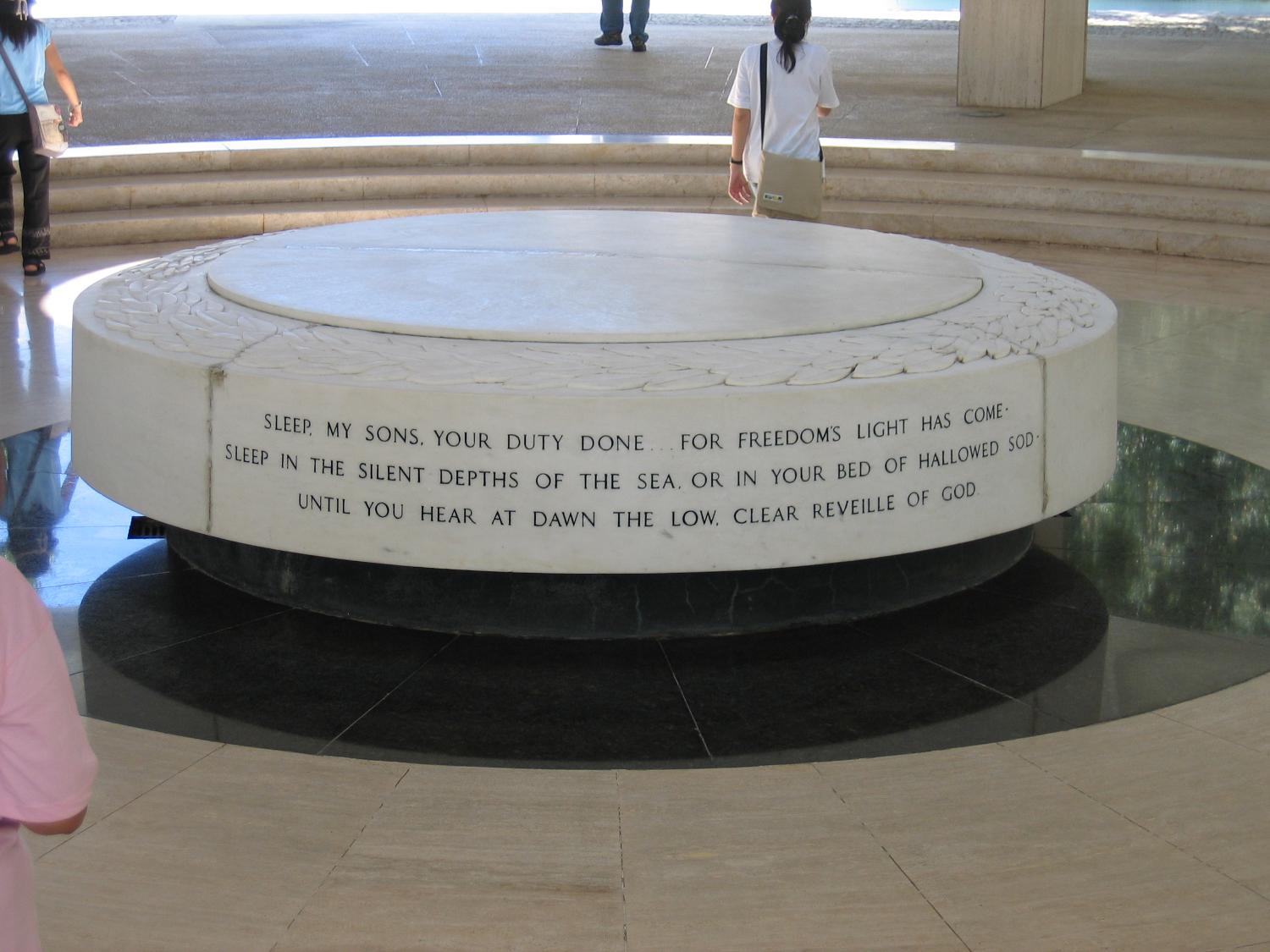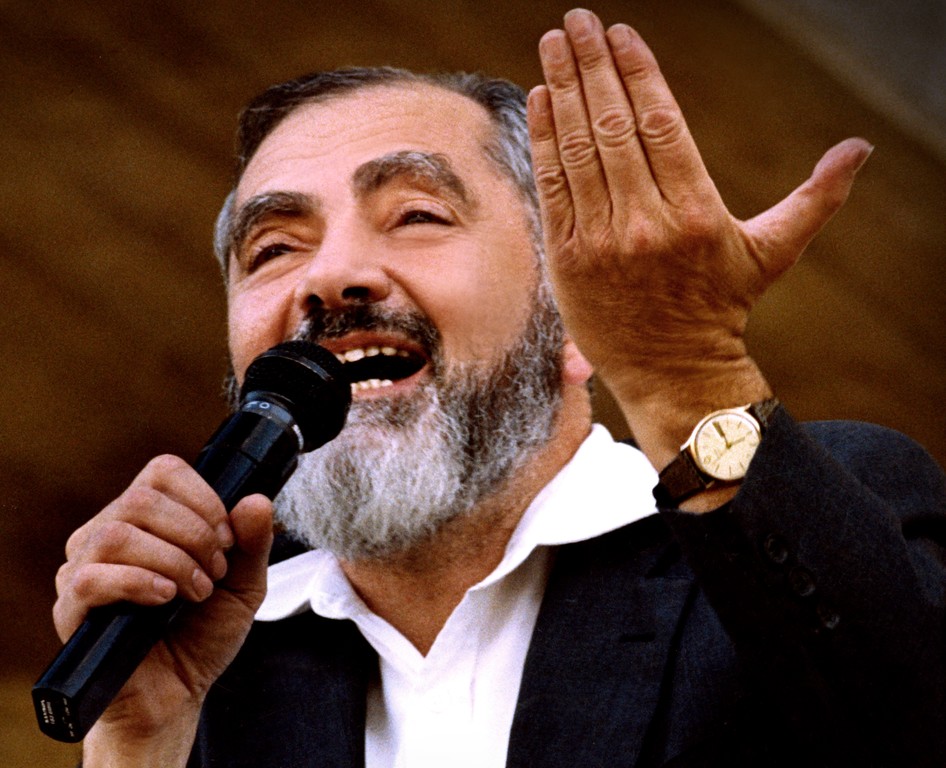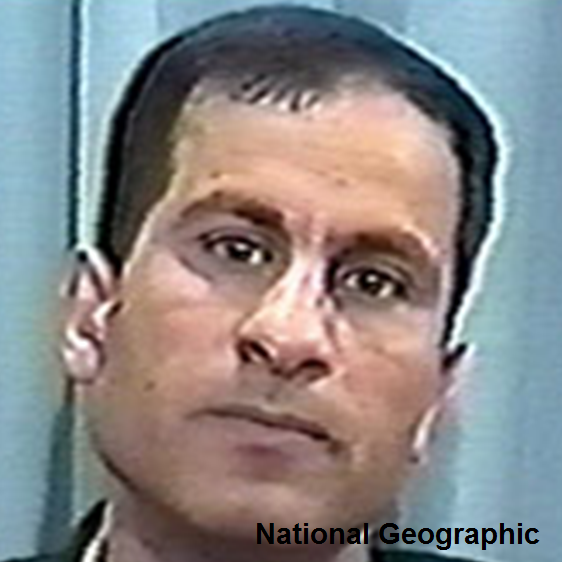The CIA produces a top-secret intelligence report, “Usama Bin Ladin’s Finances: Some Estimates of Wealth, Income, and Expenditures,” that is unable to estimate the al Qaeda head’s wealth, nor where he was getting money from or how he moved it. The report said that bin Laden was getting financial support from his family in Saudi Arabia and other rich Gulf-based individuals.
In discussing the report, a National Security Council working group on terrorist finances asks the CIA to push again for access to a former al Qaeda official, Madani al Tayyib, who is in Saudi custody. The 9/11 Commission requests that the CIA use its back channels to see “if it is possible to elaborate further on the ties between Usama [sic] bin Ladin and prominent individuals in Saudi Arabia, including especially the Bin Ladin family.” (911 Commission, p. 122).
In September, Vice President Al Gore made a personal appeal to Saudi Crown Prince Abdullah for direct access to al Tayyib. Richard Clarke writes: “Upon learning that much of al Qaeda’s financing came from Saudi Arabia, both from individuals and from quasi-governmental charities, ‘We decided that we needed to have a serious talk with the Saudis as well as with a few of the financial centers in the region. We recognized that the Saudi regime had been largely uncooperative on previous law enforcement-focused investigations of terrorism … so we wanted a different approach … So we asked Vice President Gore to talk to the Crown Prince … We wanted to avoid a typical pattern of Saudi behavior we had seen: achingly slow progress, broken promises, denial, and cooperation limited to specific answers to specific questions … The Saudis protested our focus on continuing contacts between Usama and his wealthy, influential family, who were supposed to have broken off all ties with him. “How can you tell a mother not to call her son,” they asked. (Against all Enemies, pp. 194–195)
The United States never obtained direct access.





